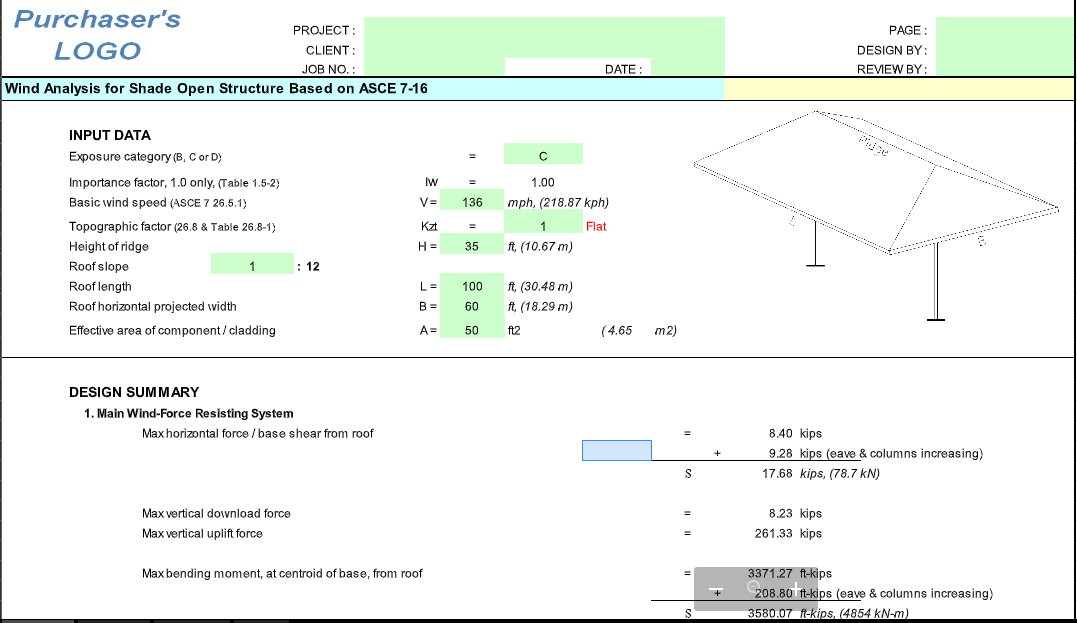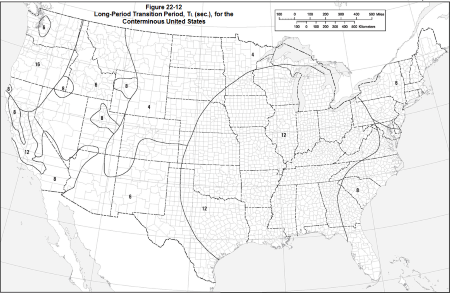

Simply put, this reduced anchorage capacity greatly increases the likelihood that anchorage capacity may govern the maximum allowable brace spacing. The over-strength factor results in a significant reduction in anchorage allowable design capacity to the extent that allowable anchor load may govern maximum allowable brace spacing.
#ASCE 7 2010 FREE DOWNLOAD CODE#
They do not account for State or Local code amendments (if any). The differences below are directly from ASCE 7 and pertain to structures in Seismic Design Categories C, D, E and F. Per the code updates, there are some changes in the nonstructural requirements for commercial building that may affect your project. ASCE 7-05, the standard referenced in the 20 IBC, has been substituted by ASCE 7-10 in the 2012 IBC.
#ASCE 7 2010 FREE DOWNLOAD DOWNLOAD#
Major innovations introduced in the Prestandard include nonlinear dynamic analysis for wind design, limited inelasticity in the Main Wind Force Resisting System elements, system-based performance criteria and enhanced design criteria for the building envelope.ĪSCE/SEI Prestandard for Performance-Based Wind Design is available as a free download from ASCE, SEI and CPF websites.The ASCE 7 Standard Minimum Design Loads for Buildings and Other Structures is the document the International Building Code (IBC) relies on for its structural and nonstructural requirements. The Prestandard’s intended audience includes structural engineers, architects, building component and cladding specifiers/designers and building officials engaged in the wind design and review of buildings. These procedures will allow for innovation by the design profession to use unique or unusual structural systems, incorporate novel materials and design approaches for tall buildings to better protect the health, safety and welfare of the public.” “This research will advance the use of performance-based design procedures for the design of tall buildings and enhance their performance during wind events. “We are thankful for the Charles Pankow Foundation and industry partners’ funding of the development of the ASCE/SEI Pre-Standard for Performance-Based Design for Wind,” said Don Scott, P.E., Vice President and Director of Engineering of PCS Structural Solutions and Prime Investigator who led the Prestandard development team.

While providing performance-based approach for wind that is compatible with current performance-based approaches for seismic design, if properly implemented, the Prestandard results in buildings that are capable of achieving the wind performance objectives specified by ASCE 7-and in many instances-superior performance to these objectives.

This Prestandard presents a recommended alternative to the prescriptive procedures for wind design of buildings contained in the International Building Code (IBC) and in the nationally adopted standard, Minimum Design Loads and Associated Criteria for Buildings and Other Structures (ASCE 7). SEI received a research grant from the Charles Pankow Foundation for $150,000 with co-funding support from the ACI Foundation, American Institute of Steel Construction, ASCE Industry Leaders Council and the MKA Foundation, to develop and publish the Prestandard. The American Society of Civil Engineers (ASCE) Structural Engineering Institute (SEI) has published ASCE/SEI Prestandard for Performance-Based Wind Design. Prestandard now available as free download


 0 kommentar(er)
0 kommentar(er)
